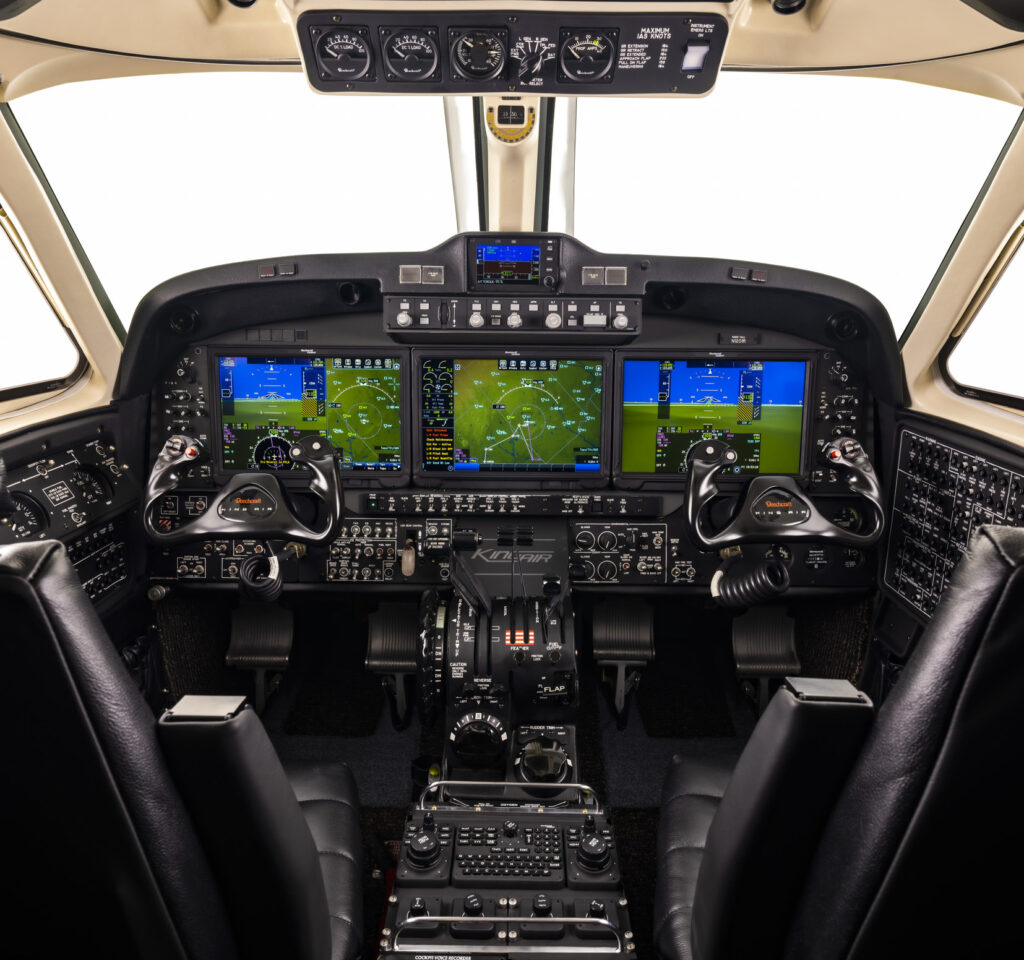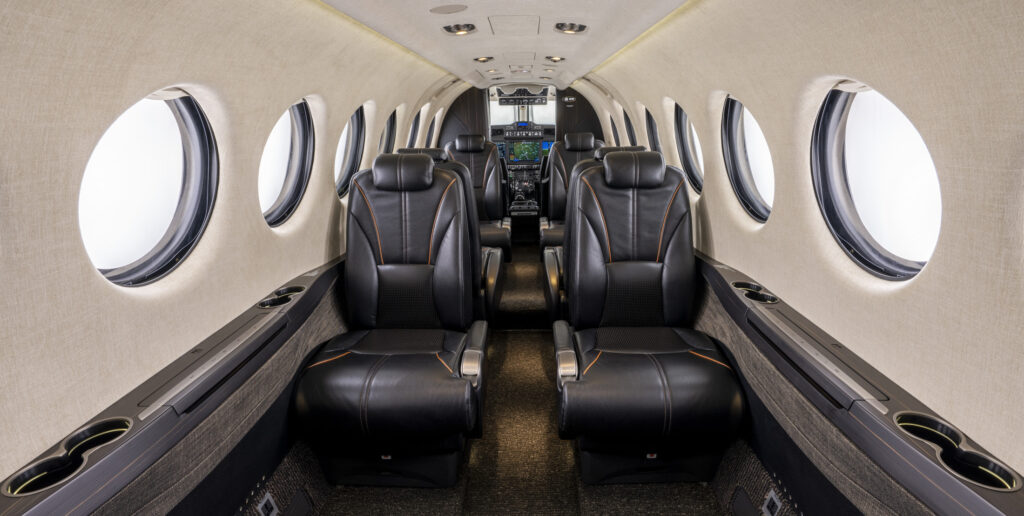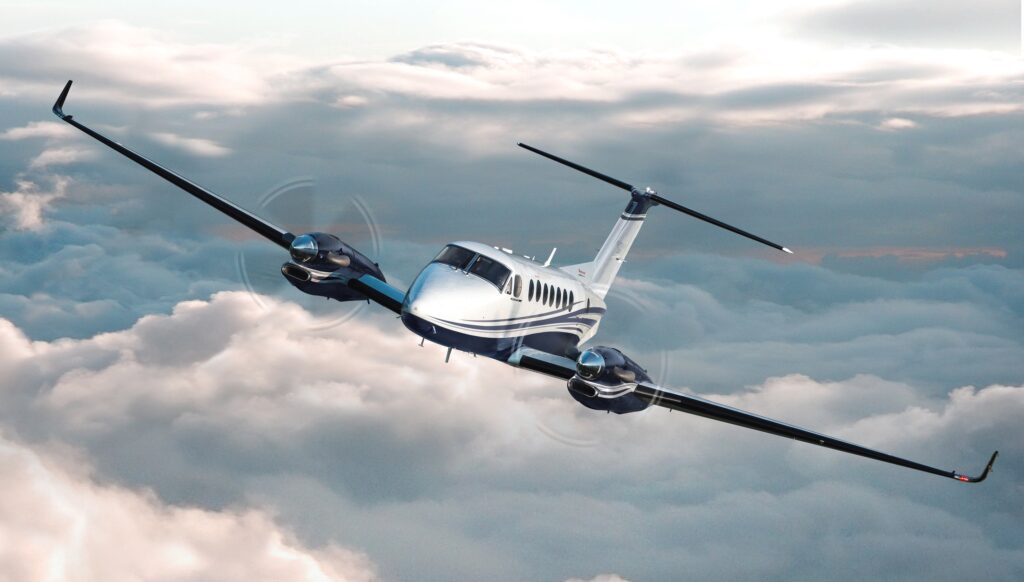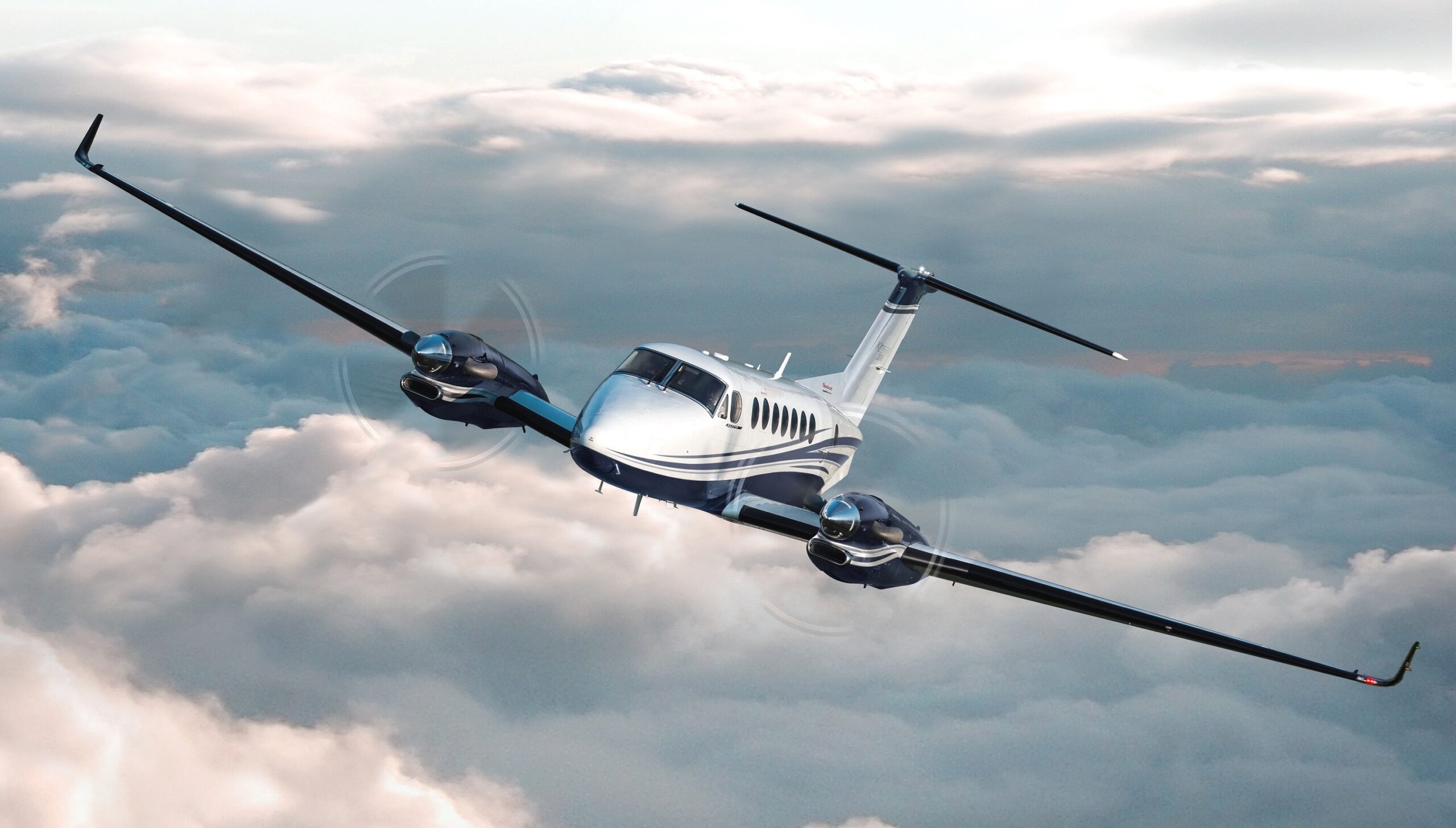Textron Aviation today announced it has achieved Type Certification by the Federal Aviation Administration (FAA) for its newest flagship twin turboprop Beechcraft King Air 360/360ER aircraft, paving the way for customer deliveries to commence in the coming weeks. Announced in August 2020, the Beechcraft King Air 360 demonstrates the company’s commitment to ongoing product development, bringing the latest innovations to the legendary aircraft and providing added value for customers.
The Beechcraft King Air 360/360ER is designed and manufactured by Textron Aviation Inc., a Textron Inc. (NYSE: TXT) company.
“The new era of the industry-leading Beechcraft King Air begins today,” said Chris Hearne, senior vice president, Engineering and Programs. “The King Air 360 is a perfect combination of customer input, innovative technology and next-generation capabilities. By incorporating superior features and engineering advancements into an aircraft that is renowned for its versatility and reliability, we have elevated the King Air to the next level. With certification now in hand, we are thrilled to soon get these aircraft into the hands of our eager customers.”
The King Air 360 ushers in the next generation of the legendary King Air turboprop family, building on its reputation of versatility and reliability. The newly upgraded aircraft offers the latest technological advancements in the cockpit, a redesigned cabin and enhancements to passenger comfort.
Cockpit upgrades

Among the key features of the King Air 360 cockpit is the addition of the Innovative Solutions & Support (IS&S)ThrustSense Autothrottle. The autothrottle supports pilots in their critical mission of delivering people or cargo safely by automatically managing engine power from the takeoff roll through the climb, cruise, descent, and go-around phases of flight. This enhancement reduces pilot workload and supports them in their continuous vigilance to prevent over-speed or under-speed, over-temp and over-torque conditions.
Another important update in the cockpit is the new digital pressurization controller, which automatically schedules cabin pressurization during both climb and descent, reducing pilot workload and increasing overall passenger comfort. The pressurization gauges have been integrated with the powerful Collins Aerospace Pro Line Fusion flight deck.
Cabin upgrades

With standard seating for nine passengers, the latest King Air offers an even greater passenger experience than its predecessor. The aircraft features a cabin altitude of 5,960 feet at a typical cruising altitude of 27,000 feet – more than 10 percent lower when compared to the King Air 350i. The improved cabin altitude level provides greater comfort for passengers, especially during longer flights.
A redesigned cabin features a stunning new look with custom-built cabinetry, partitions and side ledges, upgraded materials and finishes, along with all new interior schemes. Other amenities that come standard on the entire King Air lineup include pull-out work tables, standard power outlets, USB charging stations and a private aft lavatory.
King Air leadership
Nearly 7,600 Beechcraft King Air turboprops have been delivered to customers around the world since 1964, making it the best-selling business turboprop family in the world. The worldwide fleet has surpassed 62 million flight hours in its 56 years, serving roles in all branches of the U.S. military and flying both commercial and special mission roles around the world.



